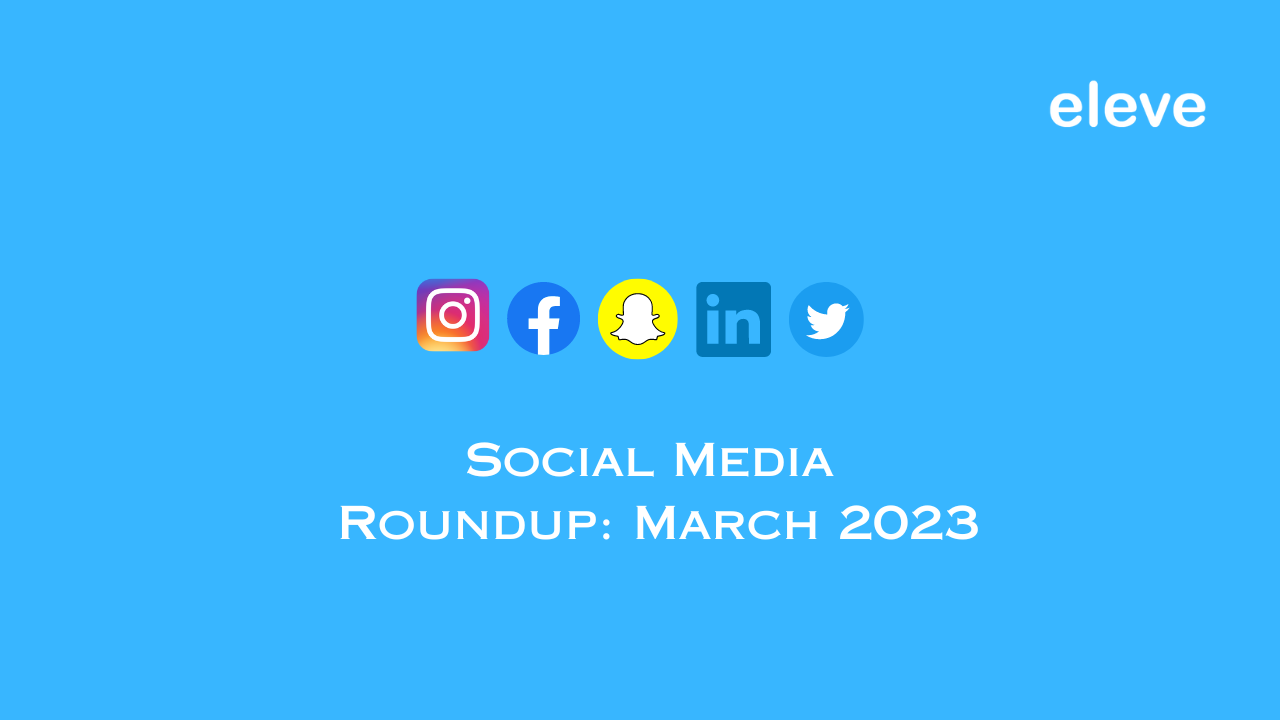Influencer marketing is becoming a serious business in today’s day and age. Just like other forms of marketing, many amendments are now being made for influencer marketing as well. The most recent one in the news is The Advertising Standards Council of India, also known as ASCI, take on the influencer business. ASCI has drafted some guidelines for influencer advertising on digital platforms.

Image source: ASCI official page
Advertising Standards Council of India is a self-regulatory organization that ensures that all advertisements released for the public are adhering to the norms laid. It keeps a check to see if all the advertisements are legal, decent, honest, and are in the public interest.
With the boom of the influencer marketing ecosystem in recent years, ASCI felt the need to layout some regulations to make the newest form of marketing more credible and transparent. Another aim to initiate this is to make the consumer aware of the organic and branded content on social media. Celebrities and influencers have a huge online fanbase, and their recommendations fall directly into the public eye. The following guidelines will help celebrities, ad agencies, and brands to be on the same page.
- Influencers and celebrities always have to mention ‘sponsored or advertisement’ labels when they promote a branded product. This disclosure will inform the audience that they are watching an ad and not the organic content.
- The disclosure label about the sponsored content needs to be conveyed in the first few seconds of the video or the first few lines of the captions put up by the influencer. It needs to upfront, irrespective of the social media channel, platform, or the device used by the influencer or the audience. The information should be easily accessible to the audience, such that they need not scroll to the bottom of the post or click on the ‘see more’ option.
- The disclosure label should be in a language that the majority of the influencer’s audience who is viewing the advertisement understands.
- ASCI has also mentioned how influencers can mention disclosure labels on different platforms.
1. Instagram: Disclosure label to be included in the title above the photo/beginning of the text that shows. If only the image is seen, the image itself must include the label;
2. Facebook: Include the disclosure label in the title of the entry or post. If only the image/video is visible, the image/video itself must include the label. Example: FB story;
3. Twitter: Include the disclosure label or tag at the beginning of the body of the message as a tag;
4. Pinterest: Include the disclosure label at the beginning of the message.
5. YouTube and other video platforms: Including the label in the title/description of the post;
6. Vlog: Overlay the disclosure label while talking about the product or service;
7. Snapchat: Include the disclosure label in the body of the message in the beginning as a tag;
8. Blog: Include the disclosure label in the title of the post;
(Source: ASCI official Press Release)
- If the influencer is posting a picture on social media sites, they have to superimpose the posted picture with the label indicating it’s a sponsored post. The influencers have to do this irrespective of whether it’s a story or a static social media post.
- Similarly, if the influencer is uploading videos without any text message, the labels need to be superimposed on the video. For more clarity, ASCI has also mentioned that for videos that last 15 seconds or lesser, the disclosure label must stay for a minimum of 2 seconds. For videos longer than 15 seconds, but less than 2 minutes, the disclosure label will stay on for 1/3rd the video length. For videos that are 2 minutes or longer, the disclosure label must stay for the entire duration of the section in which the promoted brand or its features, benefits are mentioned.
- For live streams, influencers should ensure that they are putting the disclosure periodically. At the end of each minute, the disclosure label needs to be flashed for five seconds.
- For audio media, the influencer should announce the disclosure label at the beginning and end of the audio.
- Influencers should not apply any filter on the product they are promoting on social media platforms. For example: If the product is a shampoo, the influencer should not add filters to make the hair look shiny and smooth.
- The influencer should not make any claims like 2x better or fast speed unless it is credibly proven and the brand confirms it.
- ASCI recommends that all the contracts between influencers and brands carrying clauses should have mentions about disclosure labels, claims influencers make, and usage of filters in sponsored posts.

According to the official ASCI Press Release, these will be available for all stakeholders, digital influencers, celebrities, and consumers for feedback till 8th March 2021. After reviewing the feedback and inputs, ASCI will release the final guidelines for influencers by 31st March 2021. This guideline will apply to all promotional posts published on or after 15th April 2021.
According to the digital marketing agency AdLift, India’s influencer market is estimated at $75-$150 million a year compared to the global market of $1.75 billion. It depicts that people’s inclination towards influencer marketing is growing with each passing day. Hence, regulations and norms for the newest form of marketing are essential and much needed in the current social media scenario.





